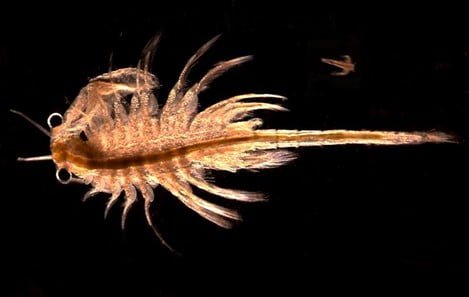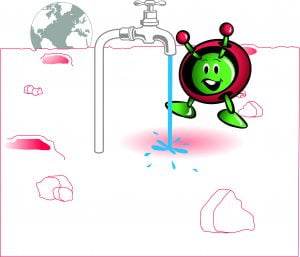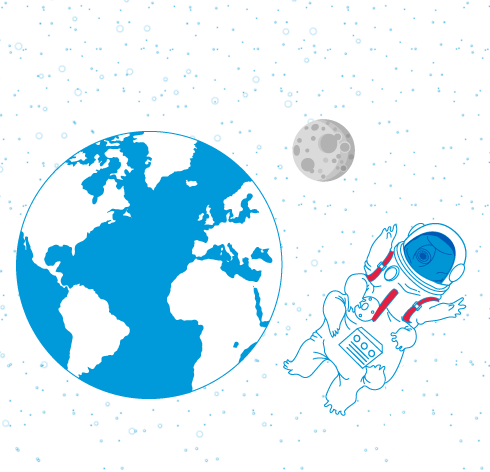Could life survive in alien environments? – Defining environments suitable for life
In this activity, students will consider whether life found in extreme environments on Earth could survive elsewhere in the Solar System.
Students will examine the characteristics of different places in the Solar System and then use fact cards of some example extremophiles to hypothesise which they think might be able to survive in the different extra-terrestrial environments.
Learning Objectives:
Age range:
13 – 16 years old
Time
Lesson: 1 hour
Resource available in:
Activity 1: Life in space?
In this activity, students will first consider what abiotic factors to investigate when searching for extra-terrestrial life and then examine the characteristics of different Solar System environments.
Students will next be introduced to extremophiles and hypothesize which could possibly survive on the different Solar System bodies they investigated.
Equipment

Did you know?
Artemia franciscana, or Brine Shrimp, are primitive crustaceans found in inland salt water lakes such at the Great Salt Lake in the USA.
Brine Shrimp eggs can survive for 2 years in dry, oxygen-free conditions, and were flown on ESA’s Biopan 2 mission. They were found to be able to endure the low pressure environment of a vaccuum in space, and temperatures below freezing.
Brine Shrimp eggs can survive for 2 years in dry, oxygen-free conditions, and were flown on ESA’s Biopan 2 mission. They were found to be able to endure the low pressure environment of a vaccuum in space, and temperatures below freezing.

Artemia franciscana, also known as Brine Shrimp
Keywords:

Robotic Arm – Become a space engineer for a day
Brief description: In this activity, students will learn how their arm works and build a robotic arm inspired on it. Students will understand the different

Water on the Moon – Filtering lunar ice cores to extract water
Brief description: In this resource, pupils will spend a day recording approximately how much water they use for different activities. This is followed by an

Moon Shelter – Investigating different shelters on Earth and in space
Brief description: In this set of activities, pupils will analyse the importance of having shelter for protection on Earth and in space. Pupils will compare



